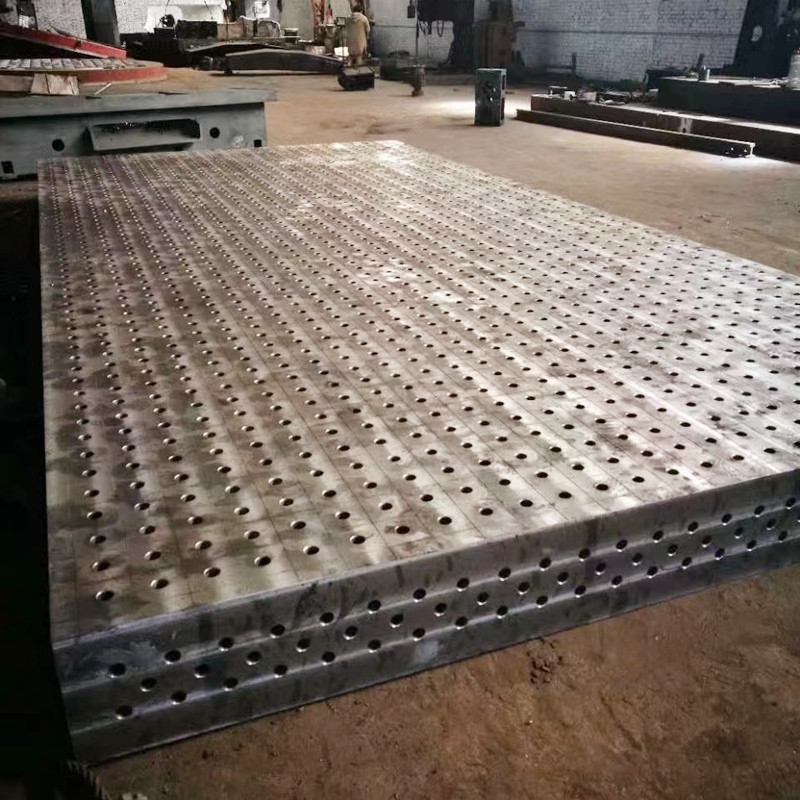des. . 01, 2024 11:06 Back to list
hose bib check valve
Understanding Hose Bib Check Valves Essential for Efficient Water Management
When it comes to managing water flow in residential and commercial properties, the importance of effective and efficient water delivery systems cannot be overstated. Among the various components that contribute to this function, hose bib check valves play a critical role. These devices help prevent backflow, ensuring that the water moving through hoses and pipes remains clean and uncontaminated. This article will explore the significance of hose bib check valves, how they work, and their benefits in water management.
What is a Hose Bib Check Valve?
A hose bib, commonly referred to as a spigot or faucet, is an outdoor faucet that connects to a water supply line, typically used for watering lawns and gardens, washing cars, or filling pools. A hose bib check valve is a specific type of check valve installed in the hose bib to prevent backflow. Backflow can occur when there is a change in water pressure, which may cause contaminated water to flow back into the clean water supply. This can pose serious health risks and is a considerable concern for municipal water systems.
How Does a Hose Bib Check Valve Work?
Check valves operate on a simple principle of fluid dynamics. In the case of a hose bib check valve, the device is installed in-line with the water supply. It consists of a movable disc or a ball that opens to allow water to flow in one direction—out of the hose bib. When water pressure decreases or reverses, the disc or ball seals off the opening, preventing any water from flowing back into the supply line.
This mechanism is crucial for preserving water quality, especially in outdoor environments where various contaminants may be present. By ensuring that water can only flow in one direction, hose bib check valves provide peace of mind for homeowners and property managers alike.
Benefits of Hose Bib Check Valves
hose bib check valve

1. Prevention of Contamination The primary benefit of a hose bib check valve is its ability to prevent backflow, which can introduce harmful substances into the clean water supply. This is particularly vital for outdoor activities where chemicals, fertilizers, or pesticides may be used.
2. Compliance with Regulations Many local plumbing codes require the installation of check valves in outdoor spigots to comply with safety standards. Using a hose bib check valve not only helps in adhering to these regulations but also promotes responsible water management.
3. Protection Against Water Waste Backflow can lead to inefficiencies in water usage and unnecessary waste. By preventing this issue, check valves help ensure that water is used effectively, fostering sustainability and reducing utility bills.
4. Durability and Longevity Hose bib check valves are typically designed for durability, with materials resistant to corrosion and wear. This means they can operate effectively over time, requiring minimal maintenance, which is advantageous for busy homeowners and property managers.
5. Easy Installation Installing a hose bib check valve is a straightforward process that can typically be done by a DIY enthusiast or a professional plumber. Their accessibility ensures that maintaining safe water systems is within reach for most property owners.
Conclusion
Hose bib check valves are an indispensable component of any outdoor plumbing system. By preventing backflow, they safeguard water quality, conform to regulations, and promote efficient water use. Whether you are a homeowner looking to enhance your garden’s irrigation system or a property manager striving for compliance and safety, understanding and utilizing hose bib check valves is essential. Their straightforward design, combined with the critical function they serve, underscores their value in effective water management practices. Investing in these devices is not only wise; it is necessary for maintaining safe and clean water systems.
-
Why Metric Trapezoidal Thread is Ideal for Precision Motion ControlNewsAug.05,2025
-
The Unique Properties of a Block of Granite for Industrial UseNewsAug.05,2025
-
The Role of Flanged Y Strainers in Preventing Pipeline ClogsNewsAug.05,2025
-
The Importance of Regular Calibration for Master Ring GagesNewsAug.05,2025
-
How a Cast Iron Surface Table Enhances Accuracy in ManufacturingNewsAug.05,2025
-
Comparing Different Check Valve Types for Optimal Flow ControlNewsAug.05,2025
Related PRODUCTS









